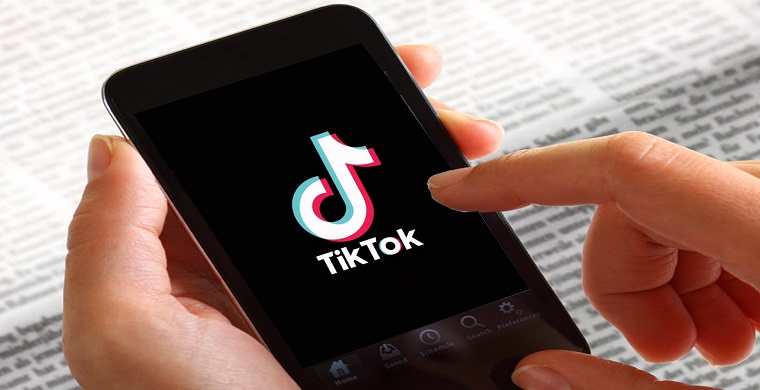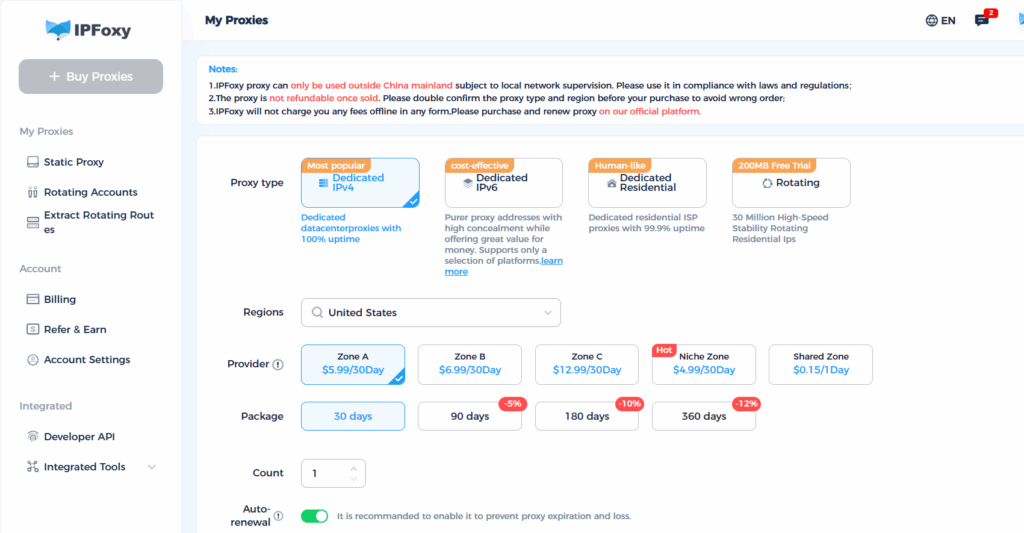Over the past few months, more and more advertisers on TikTok have faced the same challenges — budgets not spending, longer ad approval cycles, and rising conversion costs.In an increasingly competitive advertising environment and with frequent algorithm changes, many brands have seen their ROI fluctuate.
At this year’s New York Advertising Week, TikTok unveiled a series of new automation and measurement tools, aiming to make ad creation and delivery faster, more controllable, and more transparent. But can these tools really help brands regain efficiency and visibility into their ad performance?
I. What’s New in TikTok’s Latest Advertising Tools?
The update mainly focuses on four key areas:
1. Smart+: A Unified and More Efficient Ad Workflow
Previously, advertisers had to configure budget, audience, and delivery settings across multiple dashboards — a time-consuming process.
The new Smart+ feature consolidates everything into one streamlined interface, allowing advertisers to choose between:
- Fully automated mode – The system recommends audience and budget automatically.
- Semi-automated mode – Advertisers can manually adjust some parameters.
- Manual mode – For advanced users who want full control.
This modular structure preserves room for manual optimization while greatly improving efficiency, especially for small and mid-sized advertisers.
2. Symphony: AI-Powered Creative Generation
Perhaps the most eye-catching part of the update, Symphony uses AI to help advertisers quickly generate or optimize short-form video creatives.
It can analyze past campaign data and automatically suggest scenes, music, or subtitles.
For instance, if certain video styles have shown strong conversion performance, Symphony can create similar AI-based videos, allowing brands to find new “viral” directions faster — saving both time and production costs.
3. Creative Hub: Clearer Conversion Insights
TikTok has enhanced its GMV Max advertising solution by introducing a Creative Hub, which allows advertisers to see exactly which creatives, videos, or creators are driving real sales. This helps brands allocate budgets more effectively and build a data-driven creative feedback loop.
4. Enhanced Analytics and Cross-Channel Tracking
For the first time, TikTok has integrated directly with Google Analytics, allowing advertisers to measure TikTok campaign performance within the GA dashboard. According to TikTok’s official data, test users saw an average 54% increase in conversions and a 27% drop in CPA after linking the two systems.
In addition, the new cross-channel conversion tracking feature identifies users who saw a TikTok ad but completed their purchase elsewhere (e.g., on a brand’s website).This gives brands a more accurate picture of TikTok’s role in the overall marketing funnel.
II. Why Are TikTok Ad Conversions Still Underperforming?
Even with all these new tools, many advertisers still face underdelivering budgets and low conversions. To truly take advantage of the upgrades, it’s crucial to understand the real reasons behind these issues:
1. Declining Account Trust Score
TikTok has strengthened its risk control policies in 2025. Factors such as account location, IP environment, and device fingerprint directly affect ad delivery. If the system detects abnormal activity, the account’s budget may be limited or ads may not display properly.
2. Repetitive or Low-Quality Creatives
The TikTok algorithm favors videos with high engagement and retention. If your creatives are too templated or reused too often, the system will naturally reduce exposure.
3. Data Learning Delays and Optimization Interruptions
TikTok’s ad algorithm needs consistent data learning periods. Frequent edits to ad sets or budgets can disrupt learning, resulting in unstable performance and lower efficiency.

III. How to Break the Bottleneck
This update actually gives advertisers two main directions to fix performance issues: leveraging new tools for efficiency and optimizing account environment stability.
✅ 1. Use Smart+ and Symphony to Let the Algorithm Work for You
For small or mid-level advertisers, start with the semi-automated mode to let TikTok’s algorithm find initial traction, then gradually adjust settings manually for better precision. Combine this with Symphony’s AI-generated creatives to test multiple styles and formats quickly.
✅ 2. Strengthen Tracking and Data Review
By integrating TikTok data with Google Analytics, advertisers can get a full-funnel view of ROI. The new cross-channel tracking function also helps identify how TikTok ads contribute to conversions beyond the app itself.
✅ 3. Stabilize Your Ad Environment to Avoid Account Restrictions
TikTok’s system is extremely sensitive to IP location and device environment. If multiple accounts share the same network or frequently switch IPs, the system may flag them as suspicious.
To maintain stable ad delivery, it’s recommended to use a dedicated network environment.For example, tools like IPFoxy’s static residential proxies can simulate authentic device networks from different regions, ensuring consistent performance and minimizing the risk of budget suppression or ad disapproval.

IV. Conclusion
TikTok’s latest ad system upgrade signals a clear shift — advertisers now need to rely on data, automation, and environment stability to stay competitive.By understanding how the platform’s optimization works and combining smart tools with a secure setup, brands can finally tackle issues like budget limitations and poor conversions head-on.
In the new era of TikTok advertising, those who adapt fastest to automation and data-driven decision-making will be the ones who keep winning the attention — and wallets — of global audiences.


